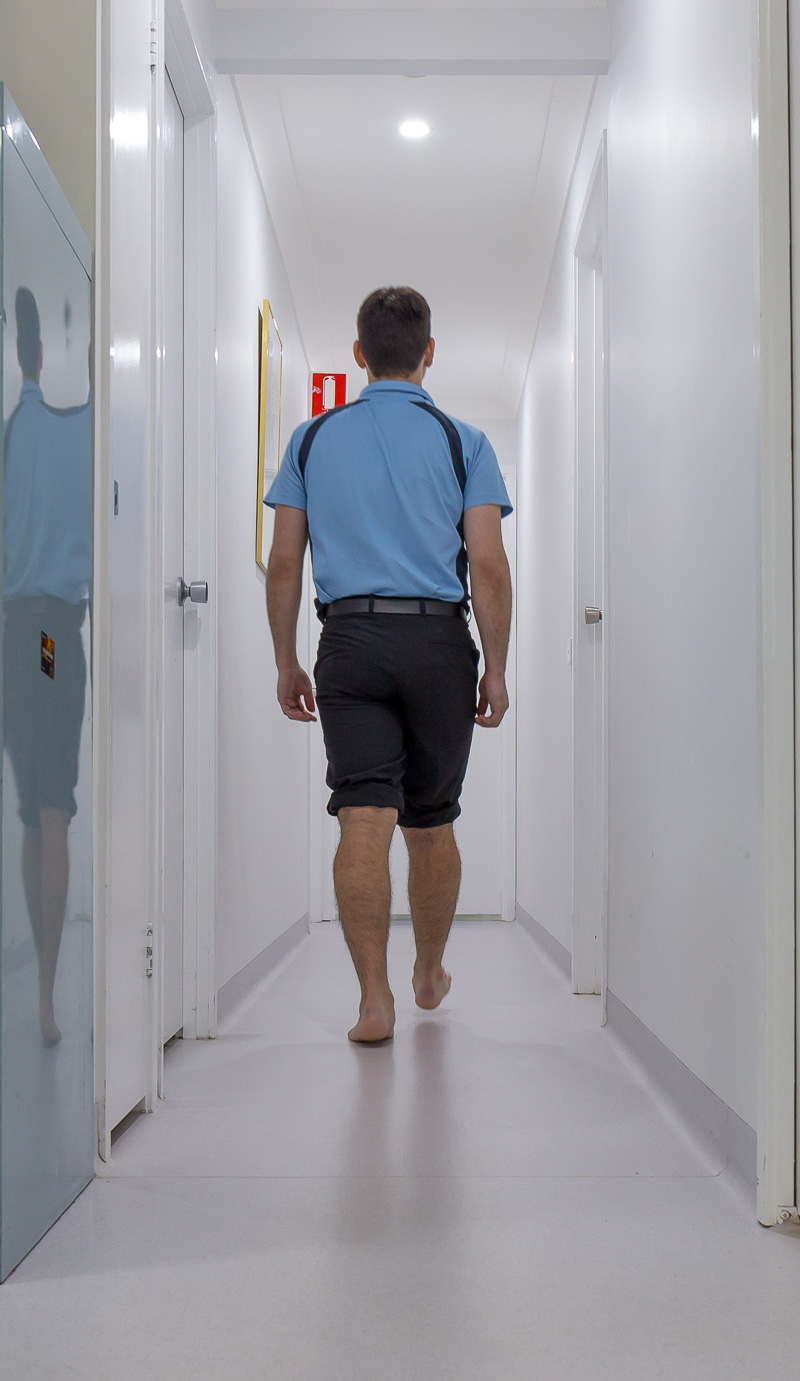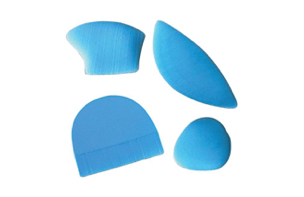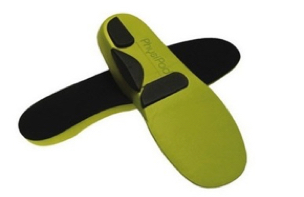BIOMECHANICAL ASSESSMENTS
An investigation into your lower leg mechanics
Why do you need an assessment?
A Biomechanical Assessment is a 45 - 60 minute appointment to explore how your current biomechanics relate or may have caused your current foot pain. A biomechanical assessment may also be required if you are concerned that your foot mechanics may be leading to early joint damage or to get advice on how you can improve you mechanics in relation to sport.
What to bring to your assessment?
It is also important that you bring a bag of the footwear that you wear most commonly both inside and outside of the home. This is essential so we can determine if and how your footwear could be affecting your lower limb biomechanics and pain.


What to expect?
What to expect?

How we make our orthotics
-
Step 1: Scanning the footThe first step towards creating our cutomers orthotics involves personally scanning their feet.
-
Step 2: Designing the orthoticWe use CAD software to design the orthotic which ensures that it is created with immense precision.
-
Step 3: ManufacturingOur manufacturing process combines state of the art machinery to deliver a high quality finish.
-
Step 4: Fitting AppointmentThe final step involves is a fitting appointment in which the customer tries on the orthotic to make sure it fits well.
In-shoe orthotics

Wedges, raises and pads
- Heel raises (Sever’s disease, Achilles tendinopathy)
- Limb length adjustments (Limb length studies)
Metatarsal pads, bars and domes
- Morton’s neuroma
- Fat pad atrophy
- “Metatarsalgia” Capsulitis, bursitis, synovitis
Wedges
- Medial compartment knee OA
- Lateral ankle instability and OA

Off the shelf orthotics
-
- Chemist devices
- Mainly cushioning in nature
- Heat mouldable devices
- Offer some mild support
- Chemist devices

Custom Orthotics
-
- Correctional
- Accommodative
- What makes an orthotic “custom-made”?
- “made or done to order for a particular customer”
What can we treat with orthotics?
(E.g. Achilles tendonitis, Tibialis posterior dysfunction)
(Plantar fasciitis)
(Rheumatoid, Osteoarthritis)
(hypermobile flat feet)
(offloading, pressure education, ulcer prevention)




